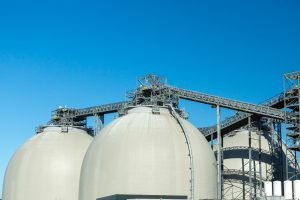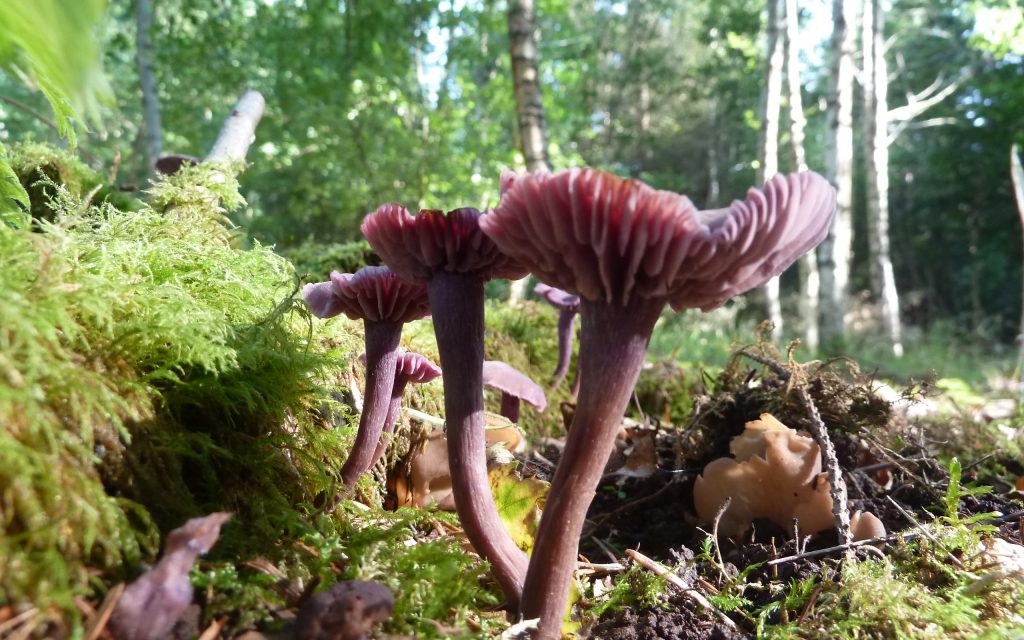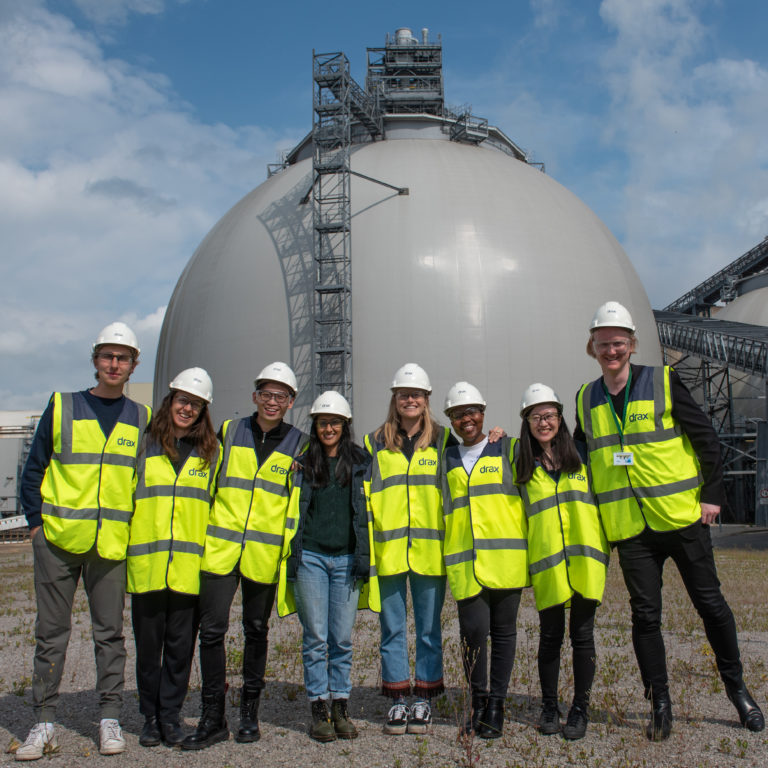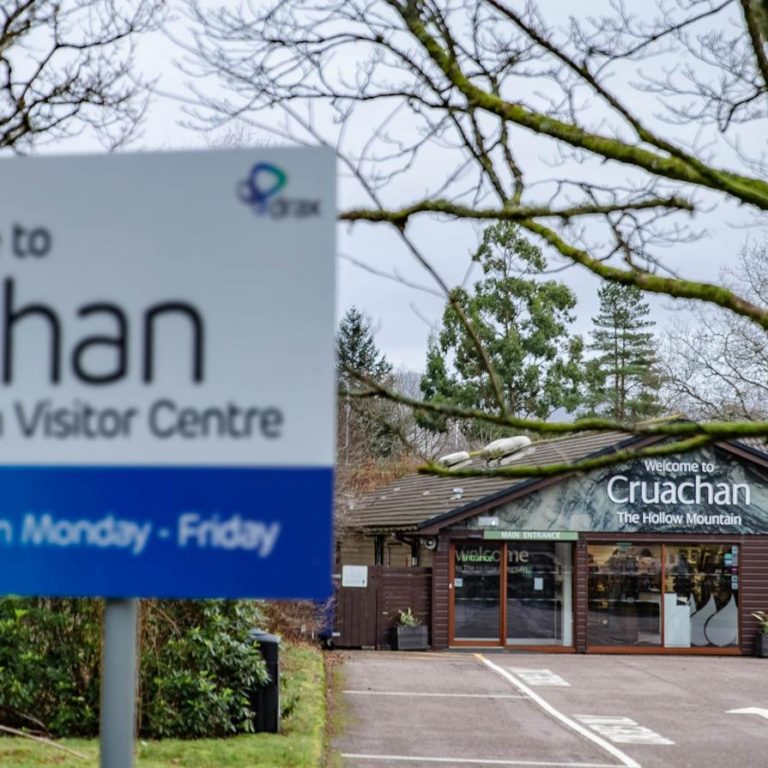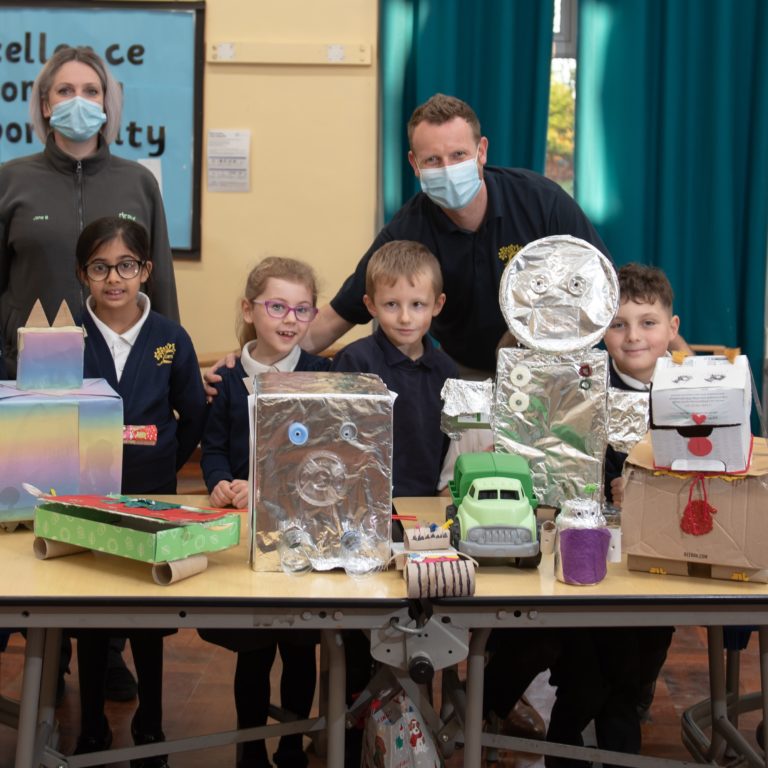An increasing percentage of compressed wood pellets used at Drax Power Station are sourced from its own pellet plants in the southern US, but most biomass still comes from external suppliers.
In order to improve its sustainability systems, Drax has been encouraging suppliers to achieve Sustainable Biomass Program (SBP) certification. In the Baltics – a heavily forested region that has long been a source of renewable fuel – this rigorous auditing and certification process identified a new issue with certain types of raw material. The key to solving this problem was not just looking in the right places, but asking the right questions.
A surprising issue
In both Estonia and Latvia, around half the land is forested, so they’re countries in which wood has always played a huge part, not only for society but for the economy. And because it’s so important, it’s well protected by both governments.
“Latvia and Estonia have very strong forest legislation,” says Laura Craggs, Sustainability Compliance Manager at Drax. “You cannot harvest any site without the government giving you written permission.”
So, when it came to Laura’s attention that all forest product manufacturers and users in the region could be using wood from protected forestland called Woodland Key Habitats, it was a surprise.
Certification step change
This issue was raised thanks to Drax’s efforts to improve sustainability standards. Drax has always maintained a rigorous vetting process for suppliers to ensure they operate with sustainable practices. But the creation of the Sustainable Biomass Program (SBP), a unique certification scheme for woody biomass used in industrial, large-scale energy production, has further improved this.
“SBP raises the bar slightly. It looks at each pellet plant and says ‘these are the standards to meet, show us how you meet them’,” says Craggs. While not a huge departure from the process Drax used previously, there was one added step in the SBP process that in Latvia proved crucial: stakeholder engagement.
The SBP has introduced regional risk assessments, which are conducted by appointed working bodies tasked with, amongst many other things, reaching out to relevant stakeholders in a country or region to assess whether there are any sustainability issues. In Latvia, it was this that brought up the possibility of Woodland Key Habitats being affected.
Identifying it as an issue, however, did not mean it was easy to investigate – in Latvia, Woodland Key Habitats aren’t mapped. Craggs explains: “You can’t avoid these areas if you don’t know where they are.”
Mapping the unknown
Latbio (the Latvian Bioenergy association), an environmental stakeholder group, were the first to respond to the issue raised by NGOs and commissioned a mapping programme to define where Woodland Key Habitats might be found. This mapping involved highlighting the potentially risky areas where Woodland Key Habitats could be, through identifying certain ages and species of forests.
“All roundwood entering a pellet plant is now being checked to ensure it’s not from a Woodland Key Habitat before being brought onto site,” says Craggs. “When you get a delivery of wood, there’s a specific code that comes with it telling you exactly where it came from. What Drax suppliers are now doing is, if the code is from a risky area, they’re rejecting it.”
As the mapping of the risky areas is, by nature, overly prudent, it is important to carry out further checks, as many of the forest areas highlighted as risky may not actually be Woodland Key Habitats. This mapping was followed up by teams of biologists who went to the potential at-risk areas and made more detailed studies, looking for indicators of a valuable biotope, like the presence of lichens, mosses or old growth trees. This work has now been developed into a checklist which harvesting companies can carry out prior to harvesting in these risky areas. If the checklist shows the area has many of the characteristics of a Woodland Key Habitat, the low value roundwood cannot be purchased by the pellet plant. The process has already had a huge effect in raising awareness and training in identifying Woodland Key Habitats.
With these standards in place, the SBP can roll out a more rigorous degree of woodland sustainability certification. The data is then published on their website for full public scrutiny – meaning anyone can check that biomass material is coming from sustainable sources.




